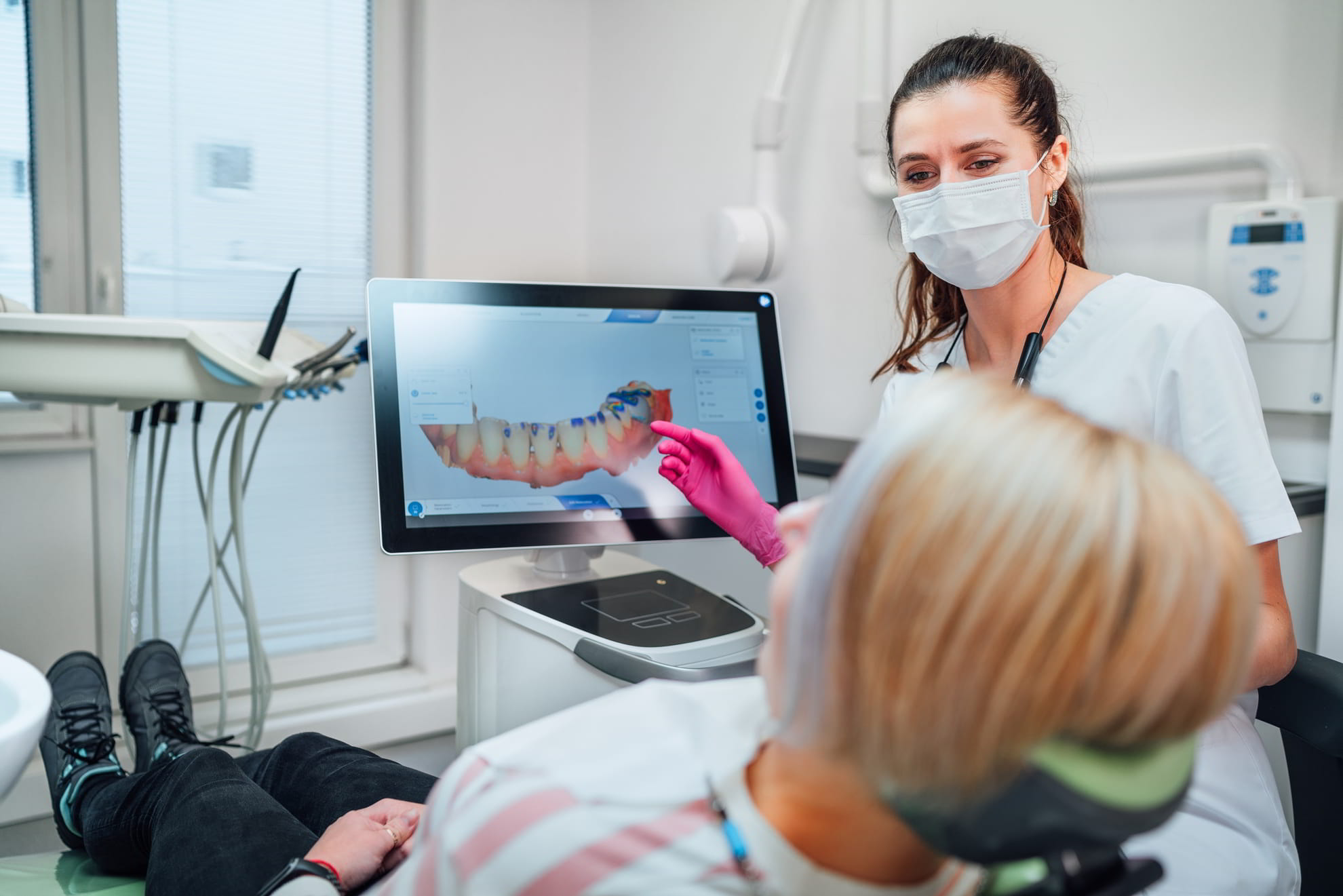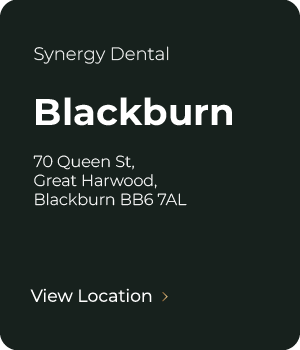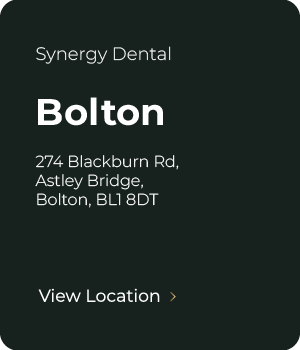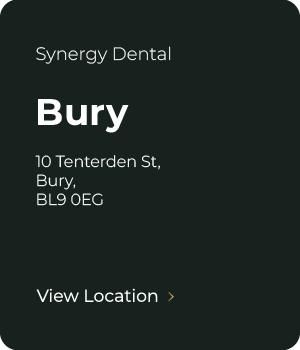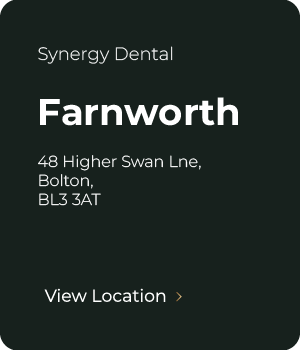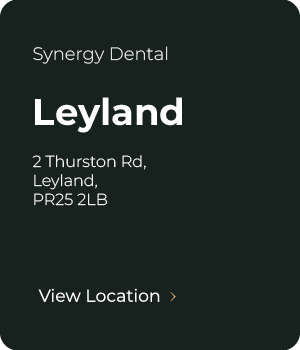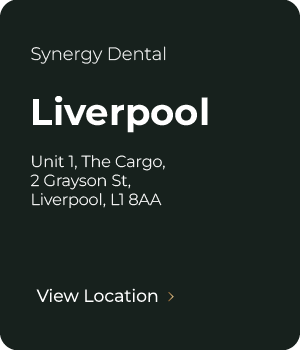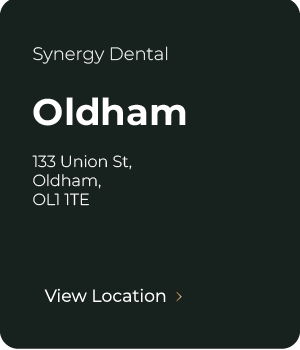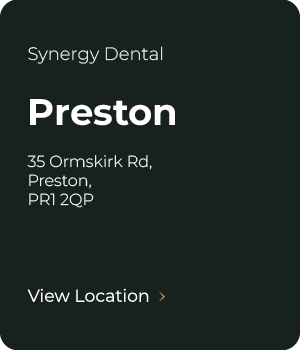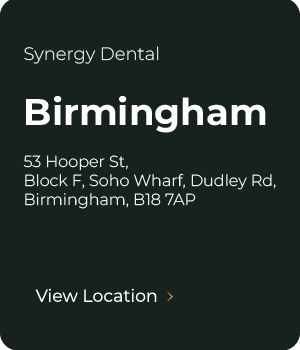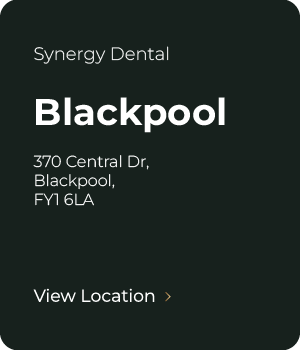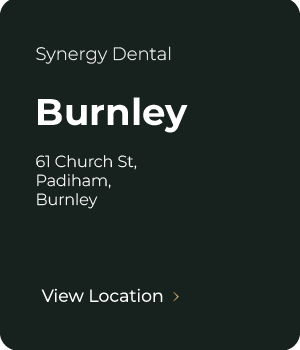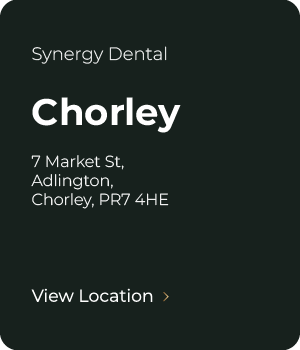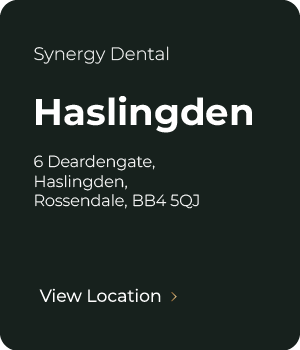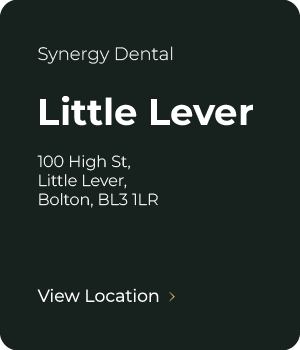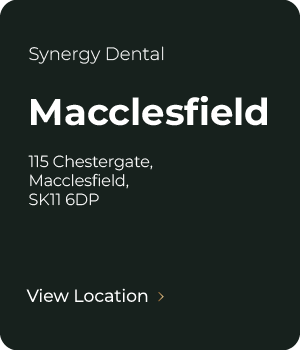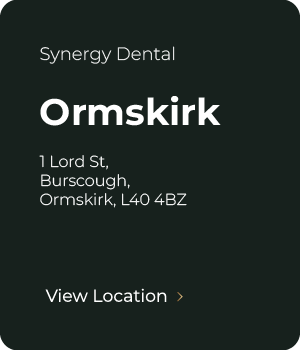Photogrammetry and other forms of digital measuring and photo scanning have been used for degrades in other fields such as architecture and design, and now it’s making waves in dentistry!
We’re excited to announce that we have a brand new photogrammetry scanner that we can use for our full-arch same-day dental implant treatments!
But what on earth is photogrammetry, how do dentists use it, and how does it help patients? We’ll answer all of your questions and more in this post.
What Is Dental Photogrammetry?
Dental photogrammetry technology uses a powerful 4D camera that takes multiple images of the teeth from different angles. This new method of digital scanning allows our implantologists to get an accurate image of the exact location of your newly placed implants. This is used in full-arch implant treatment cases, allowing us to create a super accurate bridgework for your same-day implant treatment.
Using your dental photogrammetry scans combined with the intraoral scans taken with our trios scanner, we create a digital 3D model of your teeth whilst you’re in the chair with us. We then use our in-practice 3D printer to create your new teeth whilst you wait!
What Are The Applications of Dental Photogrammetry?
Photogrammetry in dentistry is used as part of full-arch implant treatment for creating prosthesis (your replacement teeth). Here at Synergy, we use dental photogrammetry technology to increase the accuracy and precision of our full-arch implant treatments, and even make our treatments faster!
It also allows us to predict your aesthetic results with greater accuracy. Your new crowns will be created to match your old teeth, ensuring a comfortable fit and a perfect bite pattern – in other words, we make your old smile, but better! This is one of the main benefits of using photogrammetry for dental implants.
How Does Photogrammetry Work in Dentistry?
Photogrammetry has been used in fields like architecture, archaeology, and design for several years, but has only recently started to be applied to dentistry.
Using the principles of photogrammetry, new equipment has been created for dentists to allow the integration of dental photogrammetry in digital dentistry. Using cutting-edge techniques and the latest pioneering equipment, we’re now able to make full-arch implant treatment faster, safer, and more accurate for our patients!
Our new dental photogrammetry scanner works by taking a series of images of your implant placement. We attach special scanning flags to your full-arch implants – because of their unique domino design, the computer can use the scanning flags to transfer the exact location of your implants onto your smile design. It’s very similar to how CGI characters in movies and video games are made using motion capture technology, but it’s for your smile instead!
We then take an intraoral 3D scan of your soft tissue after the surgery and merge it with your scan we took before your surgery. Our digital smile design software uses all of this information to create a highly accurate 3D digital model of your new teeth!
Next, we use our high tech 3D printer to create your new teeth whilst you’re waiting. This process is so fast, we can have it all done in as little as an hour!
What Are The Benefits Of Dental Photogrammetry For Implants?
Dental photogrammetry is extremely precise – in fact, it’s accurate to the micron! This means that your new teeth are going to fit your mouth perfectly and feel more comfortable.
Traditionally, when planning a full-arch dental implant surgery, we need several appointments and must take lots of impressions and scans in order to create your bridgework (the prosthetic arch of teeth).
Using digital workflows and dental photogrammetry for oral surgery, we can deliver your final smile in only 3 steps – letting you get back to living your normal life with your new smile as soon as possible!
- Surgery day. Implants placed and you will leave with a set of temporary fixed teeth.
- Review appointment in 3 months and a new scan taken to record the healed gum.
- Have your final permanent fixed teeth fitted and leave with a brand new smile!
We make sure that whatever you choose in the try-in phase is replicated exactly, and our milling process creates your new teeth in a higher quality material than your temporary ones, ensuring you have a smile you are happy with for the rest of your life!
What Are The Steps Of Implant Treatment With Photogrammetry?
Implant treatment with photogrammetry is almost the same process as traditional full-arch same-day implant treatment. But if you’re curious, here’s a step-by-step guide to dental photogrammetry!
APPOINTMENT 1: Consultation With Your Implantologist
Just like a normal implant consultation, your Implant Surgeon will perform a comprehensive clinical examination of your oral health and your general health to make sure you are suitable for surgery. The surgeon will take CT scans, digital scans and photographs where appropriate.This is your opportunity to ask lots of questions about anything you don’t understand.
Your surgeon will then provide you with a full clinical report explaining your treatment. We aim to provide this on the day, but may take up to 48 hours to send this to you via email.
Whilst we always use a local anaesthetic for all our surgeries so you don’t feel any pain, we understand that undergoing oral surgery can seem quite scary. If you’re nervous about your treatment, ask our surgeon if they’re able to provide IV sedation during your initial consultation. Conscious sedation dentistry allows you to undergo treatment in a relaxed state without any pain, but still remain awake to answer questions and respond to instructions. Make sure to ask about IV sedation during your first consultation so that our surgeon can conduct an assessment to ensure you’re suitable. With our latest technology, we will design your new teeth digitally where you will be able to see how the final teeth will look.
APPOINTMENT 2: Consent Appointment
We understand that undergoing implant treatment is a big decision, and you need time to think about it. At this appointment, you will be given the opportunity to ask questions. This is also more like a validation appointment where the surgeon will advise you if you are suitable for the treatment or not. You will be shown your new teeth design digitally and how they look on your face and in your mouth. Once you are happy with this, your surgery day will be booked.
Once you’ve decided to go ahead with treatment, we’ll ask you to sign a consent form to say that you understand the steps of your treatment and are happy to go ahead.
We’ll arrange any finance options with you at this stage.
APPOINTMENT 3: Implant Surgery
This is where we place your dental implants – the screws in your jawbone that hold your new teeth in place.
Before your treatment, both yourself and the implant team will be draped up to ensure the environment is sterile. We will then administer local anaesthetic. If you feel any pain during the treatment, tell your dentist.
Using a surgical guide, your dentist will place your implants in the perfect position in your jaw. Thanks to our extremely precise scanning methods, we’re able to use a keyhole surgery technique, meaning we only need to make a small incision for each implant placed. This minimises pain post-surgery.
The surgery process doesn’t usually take long, but depending on the complexity of your case it may take longer. On average, full-arch implant surgery takes around 2 hours per jaw and will usually be booked for a whole morning or afternoon. It’s recommended that you keep the whole day free to give yourself time to prepare for your surgery. If you’re arranging time off work for your dental implant surgery, it’s a good idea to take a few days off afterwards to allow your body to rest – though many people say they feel fine just a few hours after surgery!
Dental Photogrammetry
In the same appointment, once your dentist has finished the implant placement surgery, we will use our specialist photogrammetry scanner to create a 3D model of your mouth and build your new smile in our digital software.
During your dental photogrammetry scan, all you will need to do is sit still in the dental chair whilst your dentist does all the work! We may use cheek retractors to make the placement of your implants more visible. This is entirely painless – in fact, your photogrammetry scan takes less than a minute!
Using the measurements from your scan, our dental photogrammetry software designs your new smile accurately to the micron to perfectly fit your mouth and your implant placement.
Then, it’s time to relax for a little whilst we print your new smile with our in-house 3D printing technology.
In as little as 1 hour, we’ll call you back to the chair to have your new teeth fitted – then you can go home and enjoy your new smile!
FINAL APPOINTMENT: Permanent Fit
Whilst your dental implants heal and fuse with your jawbone, we’ll keep checking in with you to make sure your implants are healing properly. We will call you in for a few interim appointments for our dentists to check your implants and make sure everything is healing correctly.
Healing normally takes around 3 months but can sometimes take a little bit longer. It’s important to wait to fit your final teeth until your dentist is happy you have healed properly from your surgery, otherwise your implants can be damaged by putting excessive pressure on them too soon.
Whilst your implants are healing, your dentist will work to design your final teeth. Your final teeth will look like your temporary teeth you have already been wearing, but will be made from a better, stronger material. This is your opportunity to tell your dentist anything you want changing about your teeth so that they can implement it in the final design. You can ask for changes to the shape, size and colour of the teeth.
When your final teeth are ready, we’ll fit them in your mouth and check that you’re happy with them – then you can go out and start living life with your brand new smile!
FAQs
Dental Photogrammetry vs Traditional Dental Impressions; Which Is Better?
Dental photogrammetry offers massive improvements in accuracy compared to dental impressions.
As impressions are not as accurate, they also offer less predictable aesthetic results sometimes resulting in your dentist needing to adjust your temporary teeth. Impression trays can also be quite messy and can sometimes be slightly uncomfortable for the patient, though your dentist may still use impression trays as part of your treatment as it offers your dentist even more information about your mouth structure. This additional data set can help make your surgery and your prosthesis even more accurate!
So whilst photogrammetry is undoubtedly the better of the two, traditional impressions are still very useful and may still be used in your treatment in addition to photogrammetry.
How Can We Use Dental Photogrammetry For Accurate Oral Measurements?
Photogrammetry produces highly accurate oral measurements using domino-shaped scanning flags. These scanning flags are attached to your dental implants. The photogrammetry scanner maps the dots on these domino-shaped flags and translates that information onto the soft-tissue scans we took of your mouth prior to surgery. This tells us exactly where the dental implants are placed in your mouth, making it easier for us to create accurate replacement teeth that match your mouth perfectly.
What Does Dental Photogrammetry Cost?
The cost of photogrammetry is included in your full-arch same-day implant treatment. There’s no additional fee for photogrammetry!
